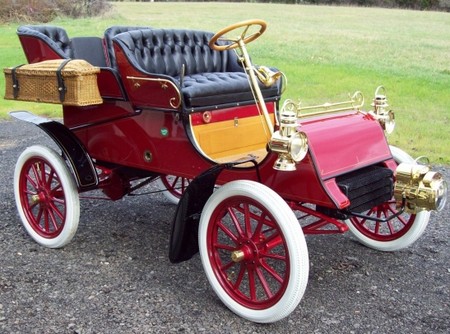What’s New in Personal Transportation? Not Much

Exactly 116 years later, the paradigm for personal transportation remains unchanged: a couple of thousand pounds of steel and other componentry, normally engaged to cart around a single person whose body weighs less than a tenth of the vehicle, all propelled by an internal combustion engine (ICE) whose efficiency is about 20%, meaning that 80% of the chemical energy in the fuel is wasted as dissipated heat.
If it accomplished nothing else, electric transportation will almost triple that efficiency, which is the reason for this handy fact: though transportation represents about 30% of the total energy consumption in the U.S., we can replace every ICE with an electric drive-train and increase the load on the grid by less than 12%.

Craig,
All very well, but the question is how to persuade enough consumers to buy an EV when even “green” advocates like yourself, don’t buy one ?
I’m afraid parsimonious little sermons only irritate and serve to make EV transport less attractive.
Lead by example, go out today and buy an EV.
Also, stop spreading false information and creating overly optimistic expectations. Currently, EV’s suffer from the lack of sufficiently large ESD (electric storage device) capacity to equal the convenience and power of many ICE vehicles.
Sanctimonious finger wagging is not only ineffective but counter-productive. Respect and adoption is secured by hard work, proof of technical and economic superiority, practical capacity and most importantly, personal example.